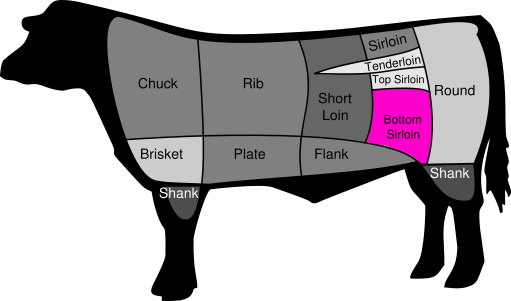WyoDoug
Well-known member
Curious, I suspect most run elk tri-tip into grind pile but how many actually cook that as steak. I had some that my buddy fixed and man that was good. If you do not know what it is, it's the inside muscle off the diaphragm. So what do you guys do with that?





